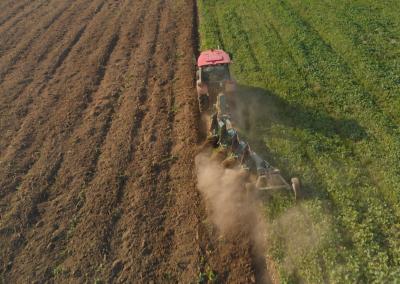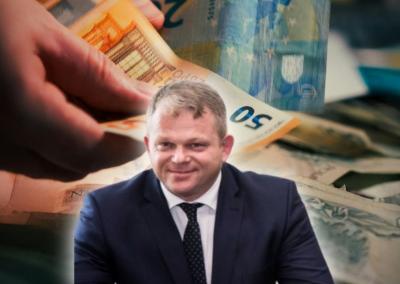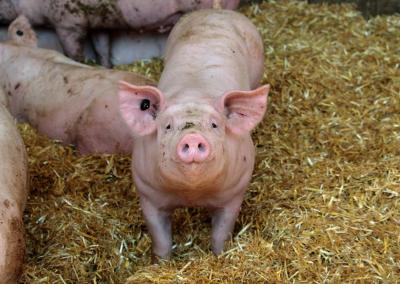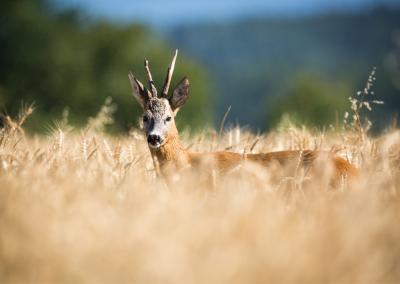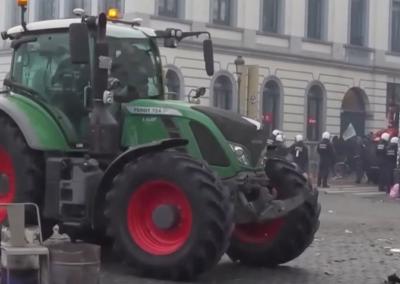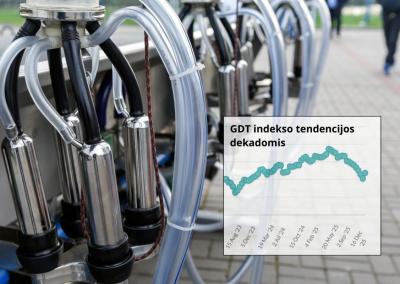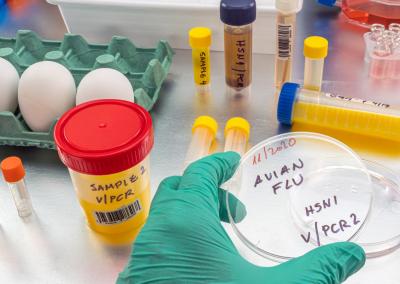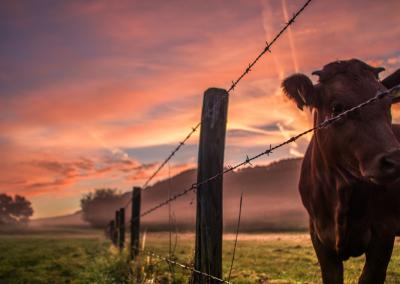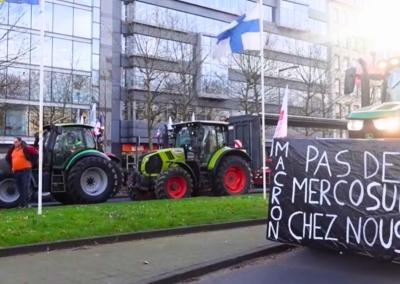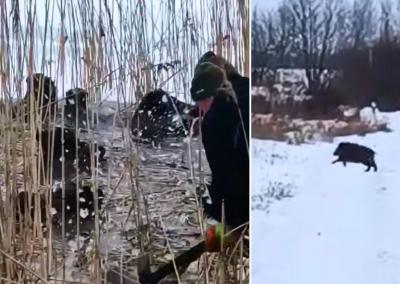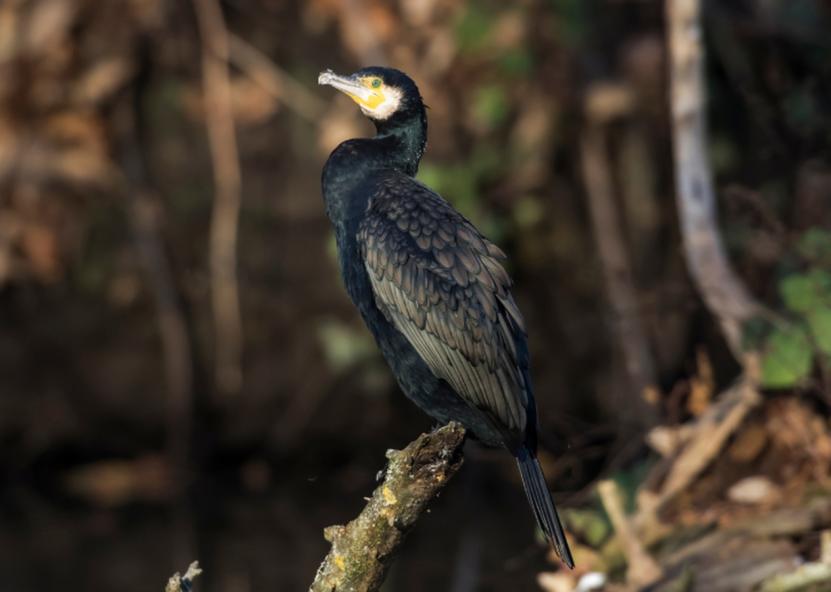Cormorant quotas will be set to reduce the damage they cause to fisheries
The Ministry of Environment, which has received complaints from fish farmers about the increasing damage caused by cormorants on fish farms, is working on changes to the legislation to help regulate the cormorant population more effectively in order to prevent the birds from causing harm.
Big Cormorants are a protected species in Lithuania and the European Union under the EU Wild Birds Directive, so regulating their population or removing them from their natural habitat requires a permit from the Environmental Protection Agency, which is issued in accordance with the Protected Species Use Procedures, approved by the Minister of the Environment.
The provisions of the Law on Protected Species of Animals, Plants and Fungi allow fish farms to regulate the abundance of cormorant populations in order to protect fish stocks, aquaculture and waters from serious damage, under the conditions specified in the permits issued by the Environmental Protection Agency.
The description of the procedure for the use of protected species approved by the Minister of the Environment for the regulation of the abundance of wild bird populations provides for the removal of these birds from the wild by hunting, as well as for non-lethal (non-hunting) methods such as the use of auditory and visual deterrents, impact on the nesting boxes, and nest disturbance.
However, in their requests, fish farm representatives point out that non-lethal measures are ineffective in combating cormorant populations. They argue that the most effective method is to use hunting and non-lethal measures together, and therefore request that quotas be set for the hunting of these birds (removal from the wild).
The Ministry of Environment, which is currently drafting amendments to the Description of the Procedure for the Use of Protected Species, which will be made available to the public shortly, proposes to provide for annual quotas, calculated by taking an annual average of the number of cormorants hunted in each fishery over a period of 7 years.The calculated annual quota shall be increased or decreased for each aquaculture farm by the percentage increase or decrease in the country's breeding cormorant population, taking into account the change in the number of breeding pairs in relation to the previous year.
It is proposed that in some cases restrictions on the hunting of cormorants be applied. If the boundaries of a fishery are within 5 km of the boundary of an active cormorant colony and there are no other water bodies suitable for feeding by breeding cormorants within 5 km of the boundary of the colony, a maximum of 35% of the annual quota would be allowed to be used for the cormorants during the breeding and rearing season (April-June).
About 15 fish farms apply to the Environment Agency for permits each year, all of which are regulated using hunting gear and alternative means.
According to the data of the State Service for Protected Areas, 8900 pairs of Great Cormorants bred in Lithuania in 2021, 9279 pairs in 2022, 7868 pairs in 2023 and 7671 pairs in 2024, according to preliminary estimates, in protected areas, data on pairs that bred in unprotected areas this year are still under analysis.
The number of cormorants captured from the wild by lethal capture has been increasing in recent years, according to aquaculture farms. In 2021, 3,372 birds were captured, in 2022 4,719, and in 2023 6,107.
In Lithuania, Great Cormorants are found in 8 colonies of different sizes. The largest are in Juodkrantė and Rusnė archipelago.


